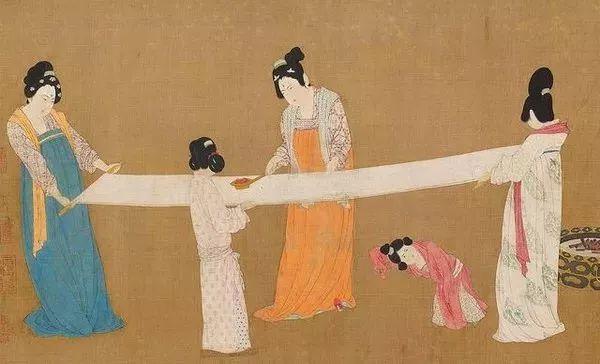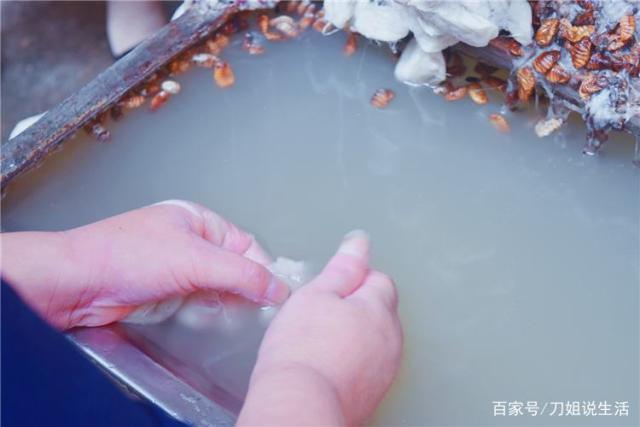BLOG
The History of Mulberry Silk Duvet
According to Chinese legend, silk was first discovered in 2640 BC by XiLingJi, the fourteen-year-old wife of China’s third Emperor -the so-called “Huangdi”.

It is said that XiLingJi was having tea beneath a mulberry tree in the palace gardens when a cocoon fell from the tree into her cup of hot tea. She and her handmaidens were astonished to see the cocoon start to unravel, revealing a long delicate thread. XiLingJi was so delighted by its beauty and strength that she collected thousands of cocoons and then wove them into a robe for the Emperor. Mulberry Silk Filled Comforter
Silk has been regarded by the Chinese as the ultimate luxurious cloth for over 4000 years. Originally only the Emperor could wear it. Later high officials at court were granted the privilege. As production techniques improved, so its usage spread. It was once be used as currency due to its high value. China started to trade silk westwards when the trading route we now call The Silk Road opened in the 2nd Century AD. The secret of how to make silk was successfully kept on pain of a death in China for nigh on 2500 years. Eventually, it got out to Khotan, an oasis just north of the Tibetan Plain, in the 5th century. A Chinese princess was betrothed to the King of Khotan. She smuggled cocoons and mulberry seeds in her headdress.

Around 550 AD, it is said that two Christian monks successfully smuggled cocoons in their bamboo walking staffs back from Khotan to Constantinople. They had been commissioned to the task by Emperor Justinian of Byzantium. The secret, or techniques, of silk production, only spread further west some 700 years later. France and Italy were the leading European manufacturers by the 15th century. Some of the Huguenots, having fled France and Flanders, set up a silk weaving complex at Spitalfields in London in the 1620s. Mulberry Silk Filled Duvet
